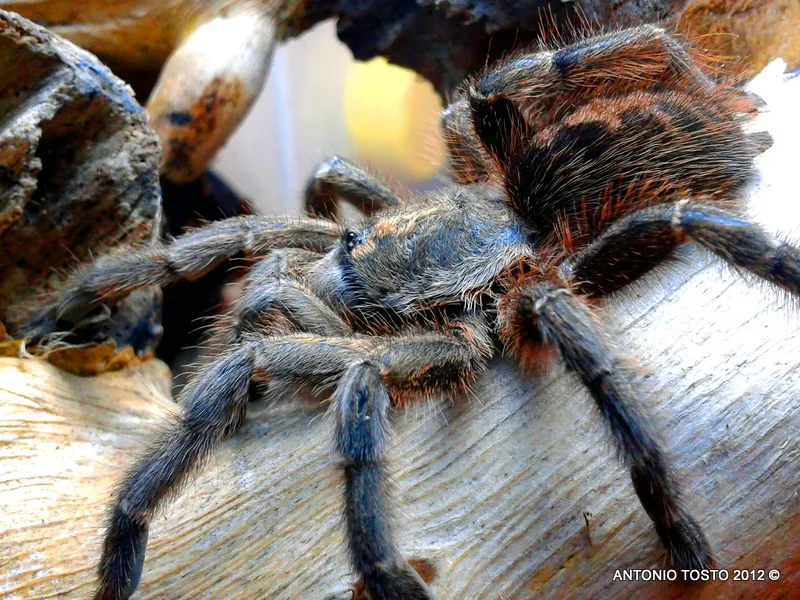The Avicularia tarantula, a captivating arboreal species, is a favorite among tarantula enthusiasts. Their vibrant colors and intriguing behaviors make them a rewarding pet. However, proper care is essential to ensure their health and longevity. This guide unveils the top 5 secrets to successfully caring for your Avicularia tarantula, transforming you into a confident and knowledgeable keeper. Understanding these secrets will allow you to provide the best possible environment for your tarantula to thrive.
Avicularia Tarantula Care Top 5 Secrets
Choosing the Right Enclosure
The enclosure is the foundation of your tarantula’s well-being. The right enclosure provides security and promotes healthy molting and overall happiness. A well-designed enclosure mimics their natural habitat and provides an enriched experience for your tarantula. It’s important to focus on the setup and how it caters to the species needs, ensuring that the enclosure is a space that the tarantula is both comfortable and safe within.
Enclosure Size and Ventilation
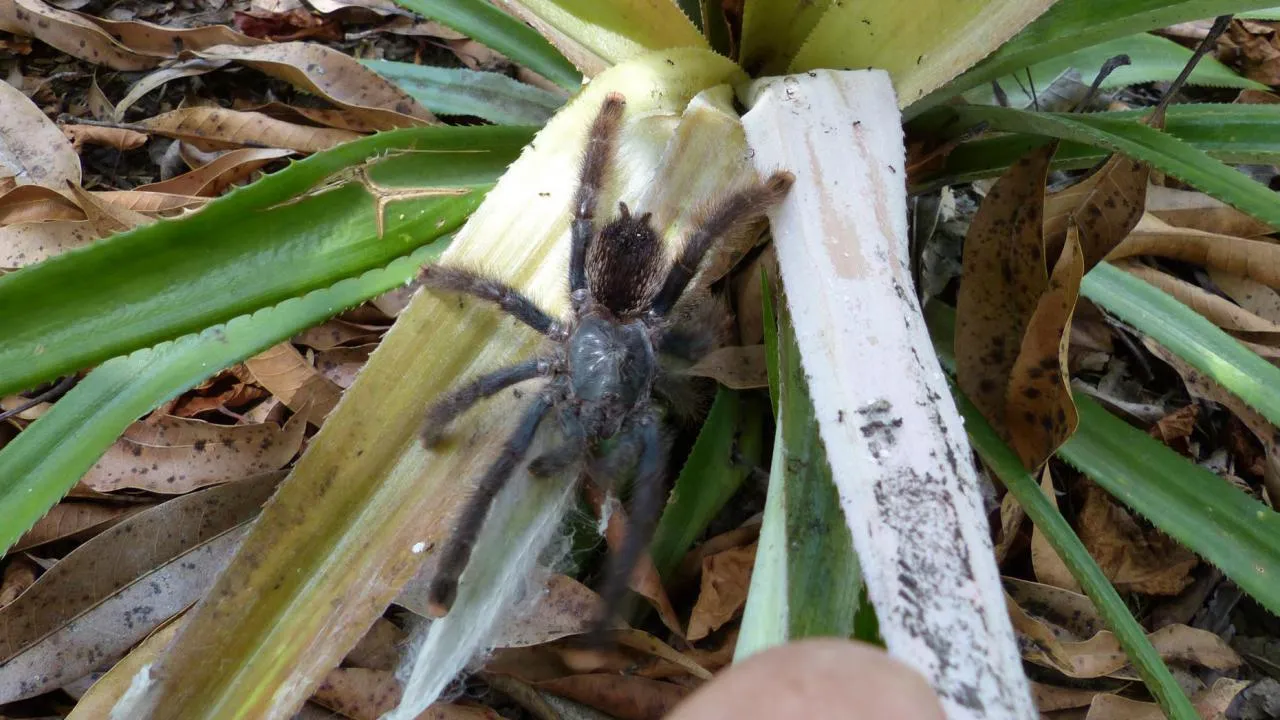
Size matters when it comes to tarantula enclosures. For an adult Avicularia, a terrarium of at least 12x12x18 inches is recommended, providing ample space for movement and climbing. Ventilation is equally crucial; adequate airflow prevents the buildup of stagnant, humid air, which can lead to mold and health issues. Ensure the enclosure has cross-ventilation, ideally with vents on the top and sides, to facilitate proper air circulation. Always make sure the lid is secure to prevent escapes.
Substrate Selection
The substrate forms the ground of your tarantula’s habitat and plays a significant role in maintaining humidity. A good substrate should retain moisture without becoming overly saturated. A mix of coconut fiber, vermiculite, and sphagnum moss is an excellent choice for Avicularia tarantulas. This combination holds moisture well, allows for burrowing if the tarantula desires, and supports the growth of live plants. The depth of the substrate should be sufficient for the tarantula to comfortably burrow and create a secure living space. It should be roughly 2-3 inches, so the spider is able to have some space to roam.
Humidity and Temperature Control
Avicularia tarantulas thrive in specific humidity and temperature ranges. Maintaining these conditions is critical for their health. Regularly monitoring and adjusting the humidity and temperature levels is an essential part of their care. In the natural habitat, they have very specific conditions that they need to be able to thrive, therefore keeping their enclosure as close to their natural habitat as possible is critical to their wellbeing.
Maintaining Optimal Humidity Levels
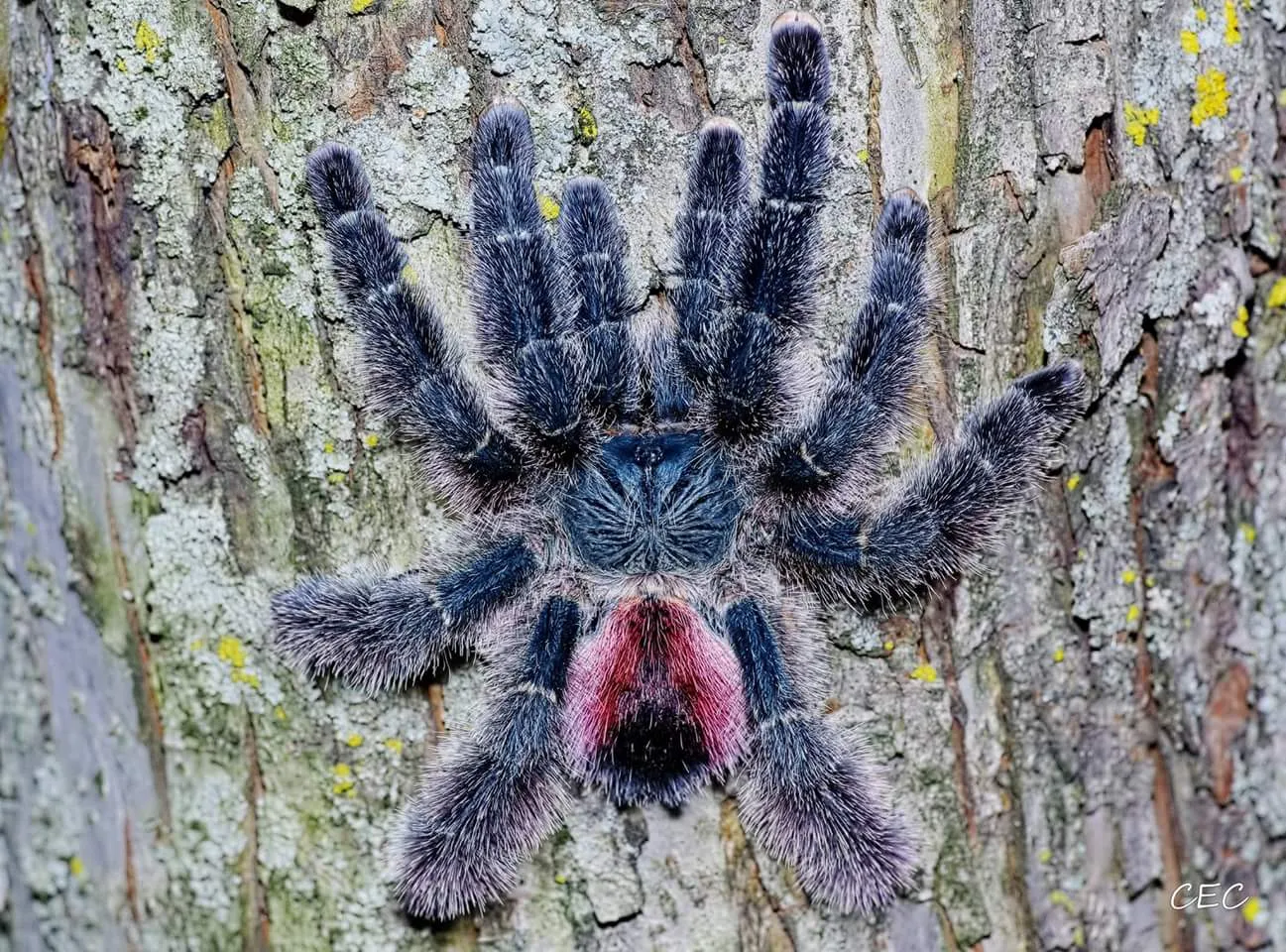
Avicularia tarantulas require a humidity level between 70% and 80%. You can achieve this by misting the enclosure lightly with dechlorinated water a few times a week, or as needed. Avoid over-misting, which can lead to mold growth. A hygrometer is essential for monitoring humidity levels accurately. Place the hygrometer in a visible spot within the enclosure to monitor the levels. A substrate that retains moisture is important to keeping humidity up.
Achieving the Right Temperature
The ideal temperature range for Avicularia tarantulas is between 75°F and 85°F (24°C and 29°C). A consistent temperature is more important than a precise one. Avoid placing the enclosure in direct sunlight or near heat sources that could cause temperature fluctuations. You can use a heat mat placed on the side of the enclosure (never underneath) if necessary, but avoid overheating. Ensure the enclosure maintains a safe temperature range to keep the tarantula safe and happy.
Feeding Your Avicularia Tarantula
Feeding is a fundamental aspect of tarantula care. Providing the right food at the appropriate frequency ensures your tarantula receives the nutrition it needs to thrive. Their diet is relatively simple and is easily met with common feeder insects. However, the type of food and the frequency of feeding vary depending on the age of the tarantula.
Appropriate Food Types
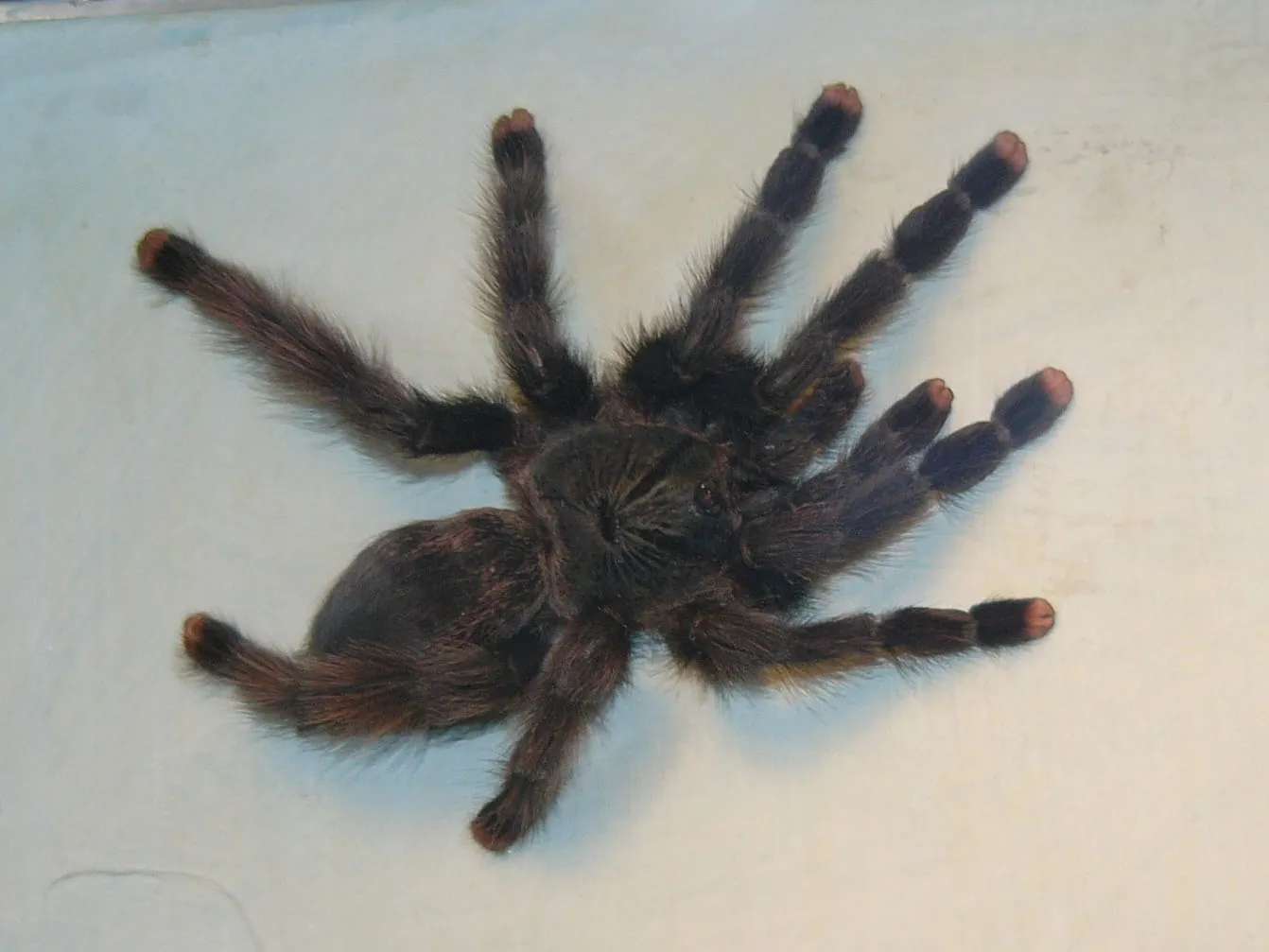
The main diet of an Avicularia tarantula consists of insects. Crickets, roaches, mealworms, and other commercially available feeder insects are all suitable. The size of the prey should be appropriate for the size of your tarantula, as they can’t eat anything that is too big. Always remove any uneaten prey within 24 hours to prevent stress to your tarantula. Variety is important, so try to offer a range of different insects to provide a balanced diet. Make sure to gut-load the insects with nutritious food before offering them to your tarantula, making the insects healthier.
Feeding Frequency
Juvenile tarantulas should be fed 2-3 times a week, while adults can be fed once a week or even less frequently. Adjust the feeding schedule based on your tarantula’s behavior and body condition. A well-fed tarantula will have a plump abdomen. If your tarantula refuses food, it could be preparing to molt, so do not force it to eat. Keep a close eye on the size of their abdomen to make sure they are being fed correctly.
Providing Fresh Water
Access to fresh water is essential for all tarantulas, and this is easily achieved. A consistent water supply is crucial for hydration and overall health. Keep a close eye on the water levels and replenish as needed. This is one of the easiest aspects of care, but is still extremely important.
Water Dish Options
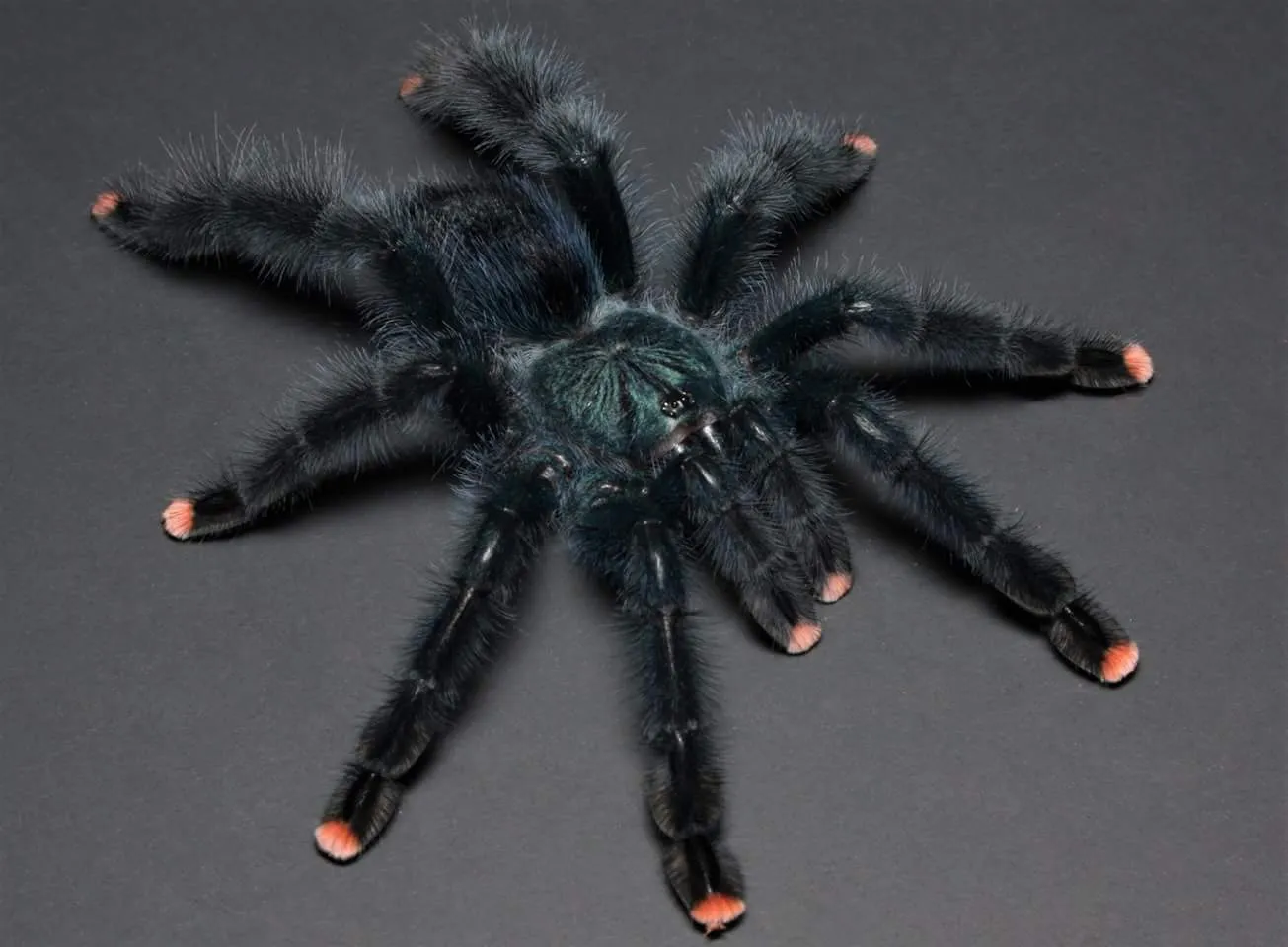
A shallow water dish is ideal for Avicularia tarantulas. Avoid using a dish that is too deep, as it could pose a drowning risk. You can use a bottle cap, a shallow dish specifically designed for reptiles, or even a small, smooth rock. Ensure the water dish is clean and free of debris, and that it can be easily refilled without disturbing the tarantula. Always use fresh, dechlorinated water.
Water Quality
Always use fresh, dechlorinated water for your tarantula. Tap water can contain chlorine and other chemicals that are harmful to tarantulas. You can use a water conditioner specifically designed for reptiles or let tap water sit out for 24 hours to allow chlorine to evaporate. Regularly clean the water dish to prevent the growth of bacteria and algae. This will keep your tarantula safe from potential harm.
Handling Your Avicularia Tarantula
While Avicularia tarantulas are generally docile, handling them should be done with caution. Their arboreal nature means they are fast and can fall, which could be dangerous. Handling is not necessary for their well-being. However, there may be times when you need to handle them, such as for enclosure maintenance or health checks. If you decide to handle your tarantula, do so with great care.
Safe Handling Techniques
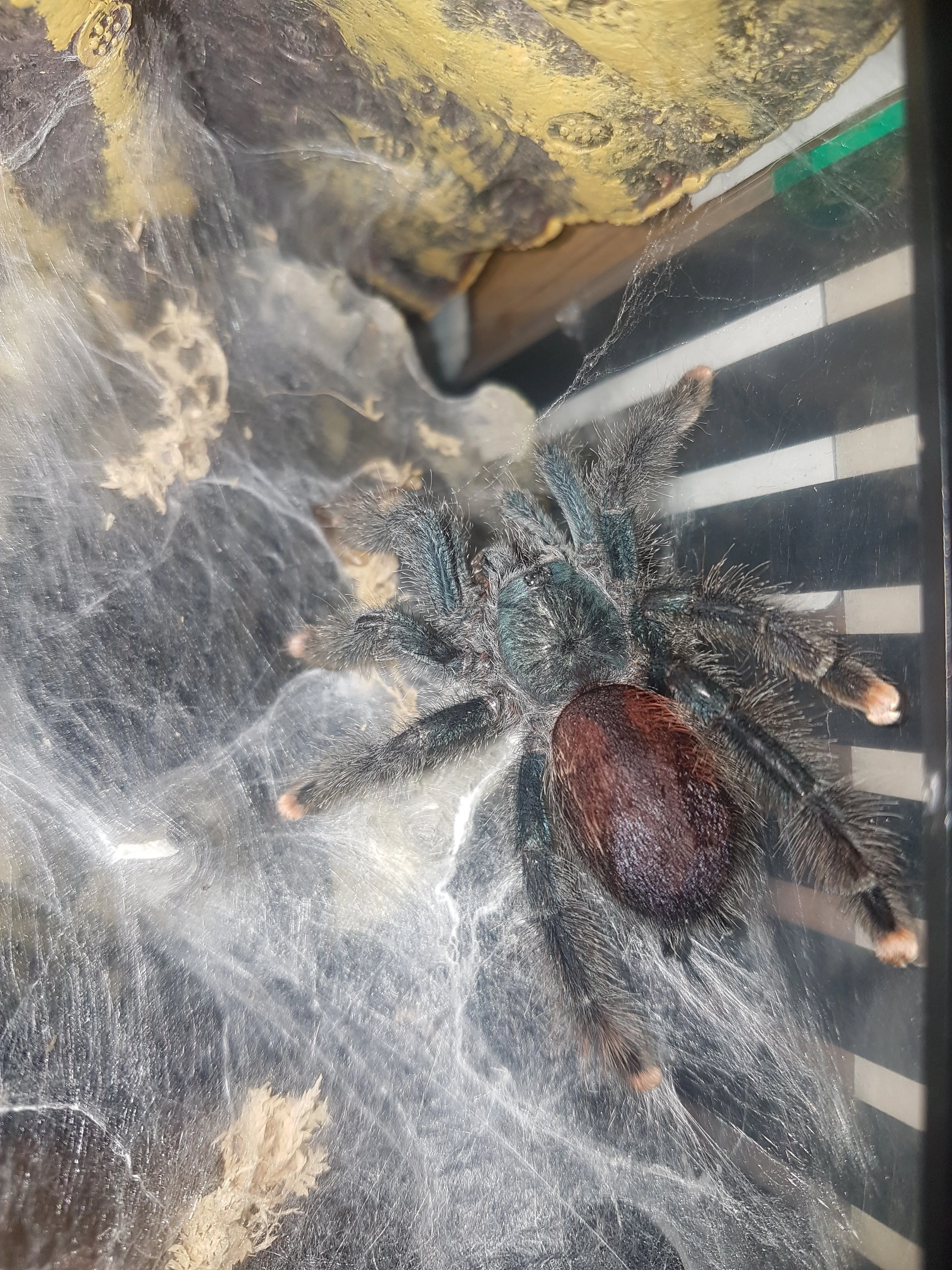
If you need to handle your tarantula, do so close to the ground or a soft surface to minimize the risk of injury in case of a fall. Gently encourage the tarantula to walk onto your hand or a soft brush. Avoid sudden movements and be mindful of the tarantula’s behavior. Never try to grab or startle it. Always wash your hands thoroughly before and after handling, as tarantulas can be sensitive to chemicals and odors. It is always best to handle as little as possible to minimize stress.
Understanding Tarantula Behavior
Pay close attention to your tarantula’s behavior. A stressed tarantula may flick hairs from its abdomen, adopt a defensive posture, or try to flee. If your tarantula exhibits these behaviors, stop handling it immediately. Always be respectful of your tarantula’s space and preferences. Avoid handling during molting, as they are particularly vulnerable during this period. Watch their behavior and you will become more attuned to how they respond to being handled. Remember, observation is key to understanding your tarantula.
Regular Health Checks
Regular health checks are vital to identify potential problems early. Catching issues early can make all the difference for the overall health of the tarantula. Regular monitoring allows you to quickly address any issues, and to ultimately prevent more serious health problems from occurring. Performing these checks is simple, and very important.
Identifying Potential Health Issues
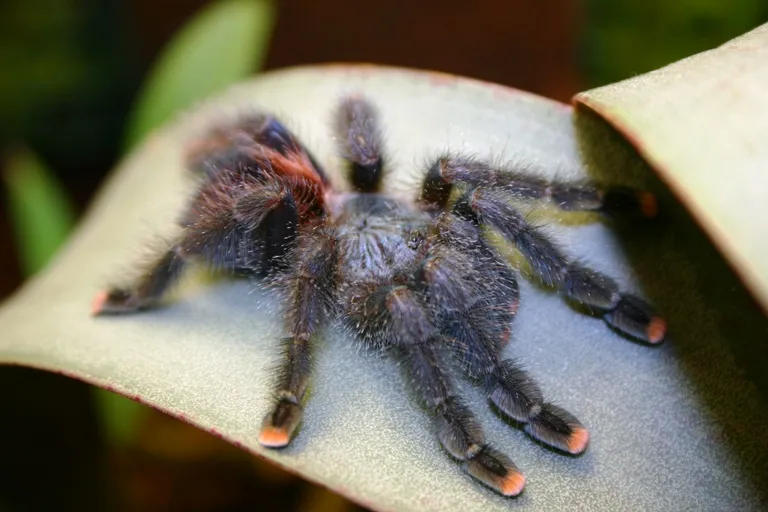
Look for signs of illness, such as lethargy, loss of appetite, or unusual behavior. Check the tarantula’s abdomen for any swelling, discoloration, or parasites. Inspect the enclosure for mold, mites, or other signs of poor hygiene. Monitor the tarantula’s molts, as they can tell you a lot about your tarantula. Watch for signs that the tarantula isn’t molting correctly, and whether they’re shedding their skin successfully. A healthy tarantula will be active and alert. A healthy tarantula should have a plump abdomen. A healthy Avicularia should also have vibrant colors.
When to Consult a Veterinarian
If you notice any concerning symptoms or suspect a health problem, consult a veterinarian experienced in exotic animals. Early intervention can often prevent serious complications. Be prepared to provide a detailed history of your tarantula’s care, including enclosure conditions, feeding schedule, and any recent changes. A qualified veterinarian can diagnose and treat any health issues, providing the best possible care for your Avicularia tarantula. When in doubt, always consult a professional who can give your pet the best care.
By following these 5 secrets, you’ll be well on your way to providing excellent care for your Avicularia tarantula. Remember, patience, observation, and a willingness to learn are key to success. Enjoy the fascinating world of tarantula keeping and the unique beauty of these amazing creatures.
